Learn how 6 types of brand storytelling have the highest probability of going viral!
No doubt, brand storytelling is the most effective form of content marketing and I have classified them into 6 different types.
Viral marketing, what every brand is hoping for, by definition itself is a rarity. You are much better off working on a Powerful Brand Story and then leveraging the power of brand storytelling rather than counting only on storytelling to go viral, and it very well could, but would be job half done.
Nevertheless, using one of the below 6 types of high impact brand storytelling will improve your chances of achieving disproportionate returns on your marketing.
VICE DUH? Framework for High Impact Brand Storytelling
VI: VISUAL APPEAL BRAND STORYTELLING
It is claimed but not verified that Visual signal is detected 60,000 times faster than a verbal cue by the human brain and that 65% of population are visual learners.
We could debate the exactness of above statistics but generally speaking, humans could see for millions of years before they started communicating with language. Proves the point.
Brand Storytelling with breathtaking visuals will elicit a stronger and quicker emotional response.
As researched and documented by digital marketing institute, awe-inspiring visuals is one of the ways to make content go viral.
Example:
NATIONAL GEO’s PLANET OR PLASTIC

Instantly makes you aware of the amount of plastic being X times more in oceans than visible on the surface.
NIKE NATURAL SHOE
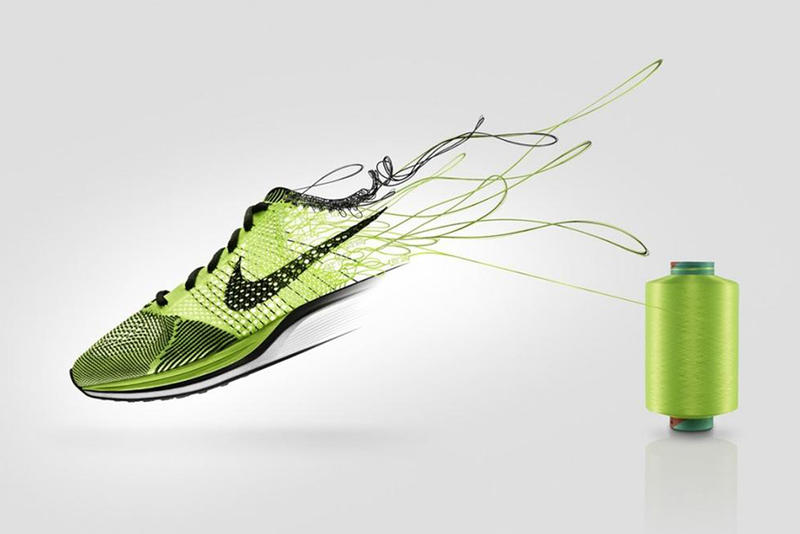
It is obvious that the shoe is made out of natural cotton even without mentioning a single piece of text.
TAKEAWAY
There should be no need to explain with subtitles or narrative as to what is happening in the brand storytelling.
C: CAUSE STORYTELLING
This is generally promoting a social cause and can range from planet cause, social cause, animal cause or an individual cause.
The intent should be to genuinely promote awareness for the cause and be seen as a brand that champions the cause and not try to make a buck out of people’s sentiment for it.
The cause should align with the brand’s purpose and also with the core promise to appear as a legit venture. Equally important, it should have meaning for the consumer and create tribes for your brand.
Example:
DOVE’S REAL BEAUTY MASTER CAMPAIGN

Dove Evolution video showed the effects of photo editing and took a stab at endless pursuit of unattainable beauty.
Like all good brand storytelling, and especially with cause marketing, it is important to move the consumer from the issue to its resolution and reward. Dove’s Evolution campaign moves a woman from dissatisfaction with one’s body to self-esteem.
There wasn’t just one off campaign but Dove continues to champion this cause with one campaign after another. For example, Dove Evolution was followed by digital distortion certifying lack of computer manipulation to a photo.
Issue: A woman’s dissatisfaction with her current body and looks
Resolution: Realisation that the perfect, cover page/billboard looks are achieved with professional make ups, photography and digital manipulation.
Reward: Self Esteem-You are already beautiful.
Even though it comes from a multi-billion dollar CPG, genuineness is more critical than cost in creating such a campaign.
PATAGONIA
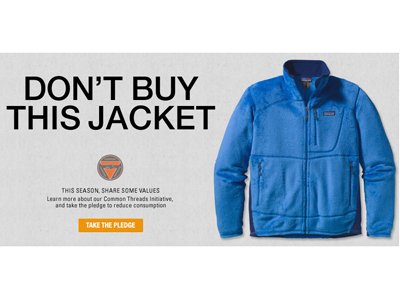
Don’t Buy This Jacket campaign is well aligned with the core promise of high quality apparel with lifetime warranty.
This brand storytelling urges people to not buy what they don’t need and practice minimalism and not disposable fashion.
Issue: Overspending and overburdening your closet, wallet and planet.
Resolution: Do you really need it?
Reward: Satisfaction of buying wisely for oneself and the planet.
TAKEAWAY
Brand’s Purpose should be well aligned with the cause, which should have meaning for the target consumer.
Don’t try to make a quick buck or indulge in a one-off brand stoytelling campaign. The cause needs to be an extension of your brand’s purpose if not the purpose itself. Move the consumer from the “issue” to “ resolution” to “reward”.
E: EMOTIONAL HIGH BRAND STORYTELLING
In an analysis of the IPA DATABANK, the UK-based Institute of Practitioners in Advertising, comprising 1,400 studies of successful advertising campaigns, ones with purely emotional content performed about 2 times as well (31% vs. 16%) as those with only rational content.

Our emotional brain processes sensory information five times faster than cognitive brain for a similar input and with failing attention spans, emotions beat rational content outright.
Emotions evoke stronger response because survival was linked to trusting your sensory information, which triggers emotions.
As a guide, refer to Robert Plutchik’s “wheel of emotions” with 8 primary bipolar emotions.
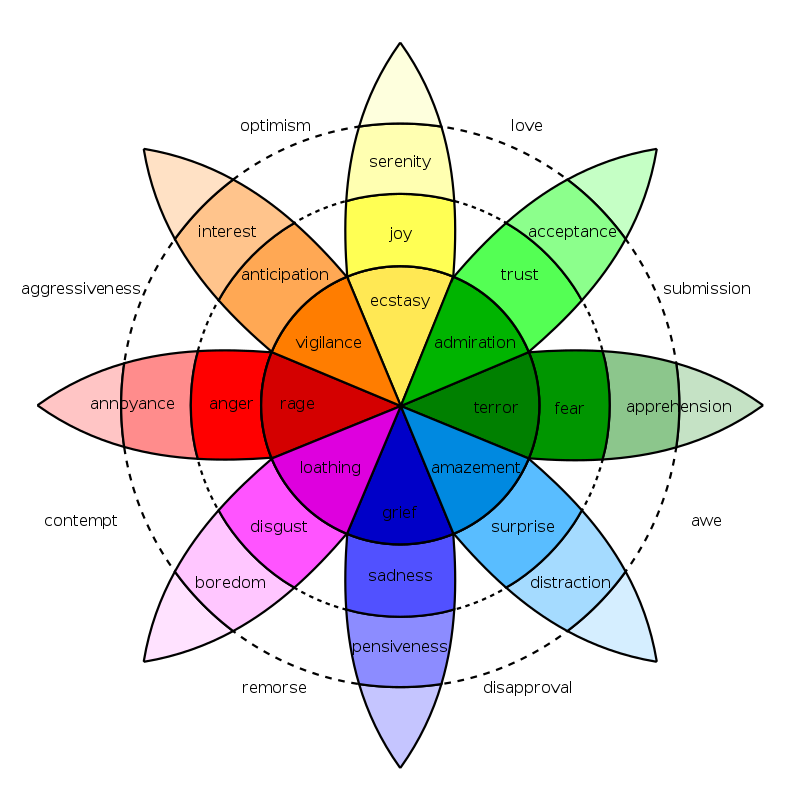
Make sure your brand’s purpose and core promise align well with the emotions you want to identify for brand storytelling . Don’t choose tablestake emotions like trustworthy, honest etc.
Example
NIKE: COLIN KAEPERNICK
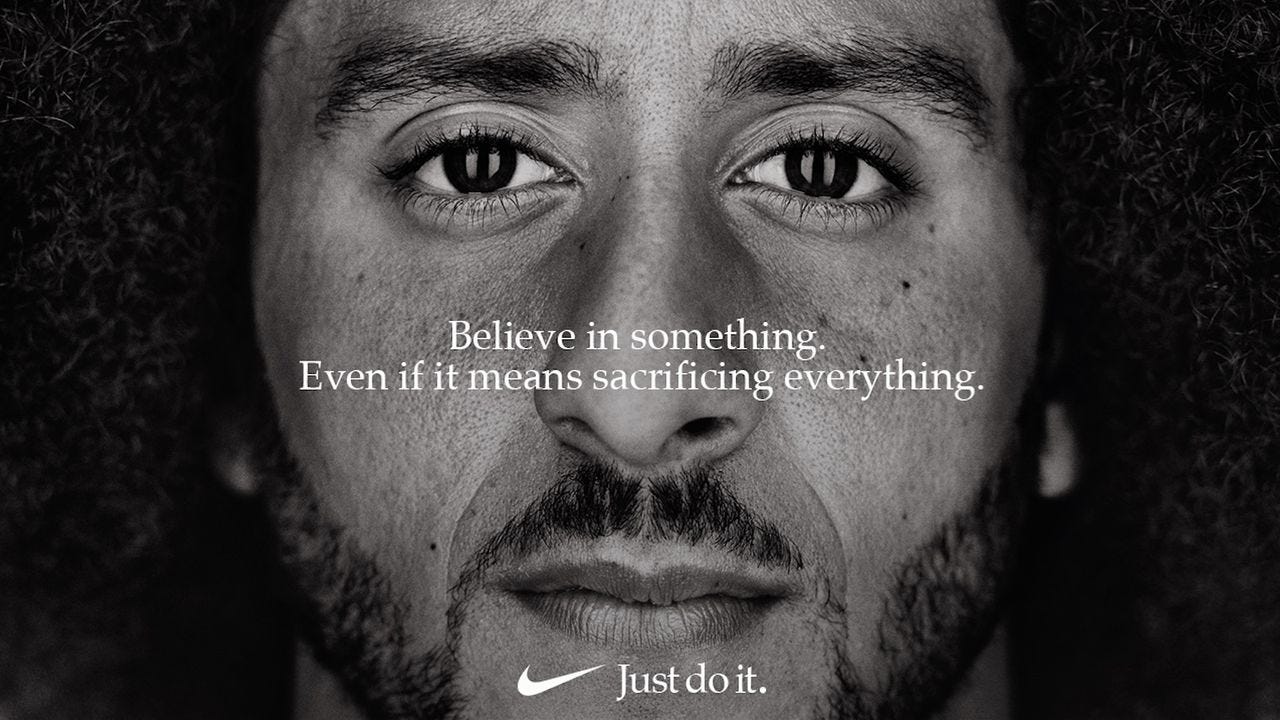
Brand Story Core Promise of Nike is to bring inspiration and innovation to every athlete( if you have a body, you are an athlete) and with their brand storytelling, Nike strives to Inspire and Shake up and thus help overcome procrastination and lack of determination.
The ad, more storytelling than ad, lauds standing up, even with bent knees, to communicate anger at discrimination and thus inspiring those who don’t have a voice.
TAKEAWAY
Not to beat the point to death, but alignment with Brand’s purpose and core promise is important or else you will confuse your consumers without them realising and your brand and profits will suffer.
D: DEMO EXTREME STORYTELLING
Moderation is good for anything but brand storytelling. Infomercials and those cheeky online sales videos give extreme demonstrations to get us hooked and interested and even buy.
What they usually lack, and that need not be the case for you, is a good brand story to earn repeat purchase and loyalty of the clients.
You might argue that demos are not brand storytelling but I disagree. Every demo has a beginning, a challenge, hero, risks, reward and climax!
Extreme demos work cause our minds are trained to notice and easily register anything that is out of the ordinary. Then why create ordinary product demos??
Example
BLENDTECH IPHONE BLENDING
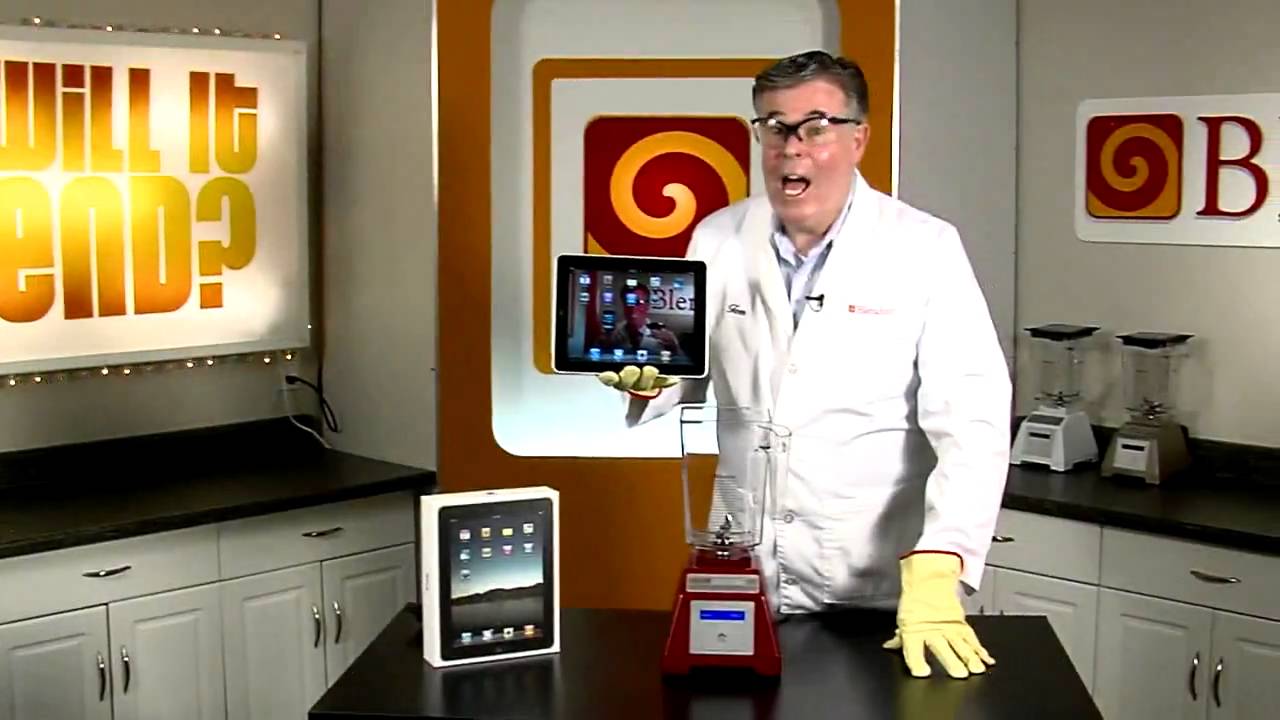
Blendtec used X+Y technique where you merge two totally unrelated categories , Iphones/Ipads with a Blender, and gave an extreme demo, which nobody would have thought of even in their wildest of imaginations. Did it blend for them? 6M times on Youtube!
TAKEAWAY
Demo should be related to brand’s core promise. It has to be really extreme and not play one up manship over competition or play the incremental game.
U: UNTHINKABLE BRAND STORYTELLING
Something that doesn’t yet exist and would sound too bizarre to be true. Outside the confines of human experience and even beyond one’s imagination, when brought forefront, it induces both excitement and disbelief at the same time.
Example
S-PARK: A BIKE RACK, REIMAGINED
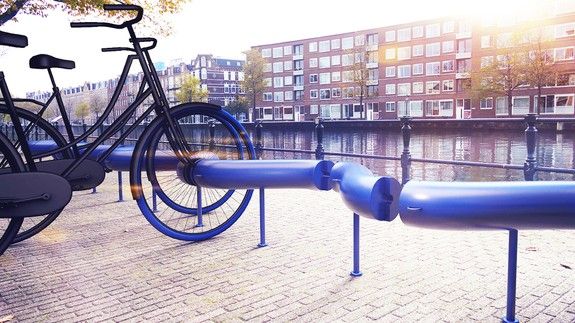
It redistributes the electricity produced by people on their bikes, to their neighborhood. What? Yes, GUILLAUME ROUKHOMOVSKY, a creative director is working on S-PARK project: “Every neighbour is given a special front wheel. It stores the energy generated while cycling and braking in batteries, then redistributed into the neighbourhood’s electrical grid”
Enough to raise a few eyebrows and get even more smiles on the faces of people, especially the environment fanatics, no wonder the video went viral!
ELON MUSK

Elon Musk’s second name is doing the Unthinkable!
Colonising Mars!
Electric car faster than gas!
What next? Intergalactic travel?
Maybe consciousness transfer with Neural link? Who knows?
TAKEAWAY
Don’t try to tell what people already know because internet has improved accessibility to information. Imagination is information not yet put on the internet. Focus on too bizarre to be true. Capture your consumer’s imagination.
Either merge your brand storytelling with brand story or perfectly align. Don’t hype brand storytelling for the sake of it.
H: HUMOUROUS BRAND STORYTELLING
This one should be obvious but the science behind it might not be so.
Humour and laughter are not the same. According to Carl Marci, MD, an assistant professor of psychiatry at Harvard Medical School and the Director of Social Neuroscience in the Psychotherapy Research Program at Massachusetts General Hospital . “Humor is an evoked response to storytelling and shifting expectations. Laughter is a social signal among humans. It’s like a punctuation mark.”
Humour works because it surprises us! And “Laughter has been a safe, social signal to form human bonds” says Dr. Marci. Both are important.
So what does it all mean?
It means that in your brand storytelling, use humour to not only create enough unexpected moments and beyond expectation climax but also make the consumer comfortable enough to laugh and thus both share the story and try out your brand.
Ubiquitous Example
DOLLAR SHAVE CLUB OR $1B DOLLAR SHAVE CLUB

Humour: With the core promise of transparency and no marketing gimmick, DSC told an extremely humorous story using a matter of fact, straight to the point, style.
Laughter: It took an anti-corporate stance while providing extreme value to early adopters, showed inclusion, employment for needy and no BS razor blade for $1 a month delivered right to your home. Something that got people to bond with the brand story and made it share worthy for a few laughs.
The video cost close to $3K, or around that amount, but raked in over 12,000 orders within 2 hours of launch!
HUMOUR FAILS: IHOP’S FLAT BUT GREAT PERSONALITY
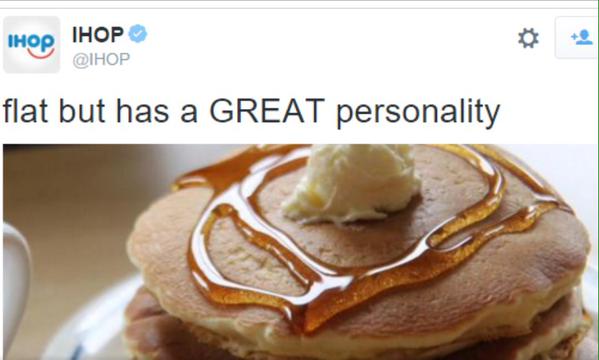
I don’t feel like elaborating on this but obviously it was in bad taste and deservingly failed.
TAKEAWAY
Humour and Laughter are universal emotions but not all find the same piece humorous. Not every humorous campaign ends well and can rub off a minority, a demographic or opinion leaders the wrong way.
Test before sharing and check for all the emotions it evokes and not just from your target consumer sample but also from anyone and everyone who could have an opinion. Remember Murphy’s law!
CONCLUSION
VICE DUH? Framework is for brand storytelling with high impact.
With a healthy brand story, these 6 types of brand storytelling offer high ROI.
Your consumer acquisition efforts will lead to high consumer lifetime value along with generating a very positive word of mouth, which further lowers your consumer acquisition cost, helping you acquire a higher number of consumers next time round. This leads to a virtuous cycle of increasing your profits and lowering your acquisition cost/consumer further.
Brand storytelling needs to leverage the right opportunity to reach a critical mass socially before it spreads like wild fire.
VI: Visual Appeal
We could debate the exact magnitude but what is undebatable is the impact of powerful imagery on the brain. Brand storytelling with breathtaking visuals will elicit a stronger and quicker emotional response.
C: Cause Marketing
Brand’s Purpose should be well aligned with the cause, which should have meaning for the target consumer.
Move the consumer from the “issue” to “ resolution” to “reward”.
E: Emotional High
Our emotional brain processes sensory information five times faster than cognitive brain for a similar input. Choose from a wide variety of emotions rather than a tablestake emotion that everyone cites like trustworthy and honest etc.
D: Demo Extreme
It has to be really extreme and not merely one up over competition or incrementally better.
U: Unthinkable
Don’t try to tell run of the mill stories and instead focus on too bizarre to be true. Capture your consumer’s imagination.
H: Humour
Laughter and humour are universal emotions but not everybody finds the same stuff funny and it could easily backfire. Check Check Check.
Do you agree with my framework for high impact brand storytelling or not? Or maybe have another type that is high impact and has gone viral repeatedly? I would love to learn from you. Please comment below and add value to this blog.
Also, please like and share to benefit as many brands as possible, especially conscious brands without the big budgets.
WANT TO KNOW YOUR BRAND STORY SCORE?
Join top 1% of beauty brands!
ROHIT BANOTA, Founder of StorySaves, has transformed dozens into envied beauty brands for sharp and profitable growth, kickstarted from day 1 with “strategic brand story” and “story-led brand strategy” & powered by digital.
He has over 17 years of marketing and business experience growing consumer packaged brands including with startups and MNCs like P&G Beauty and Grooming.

